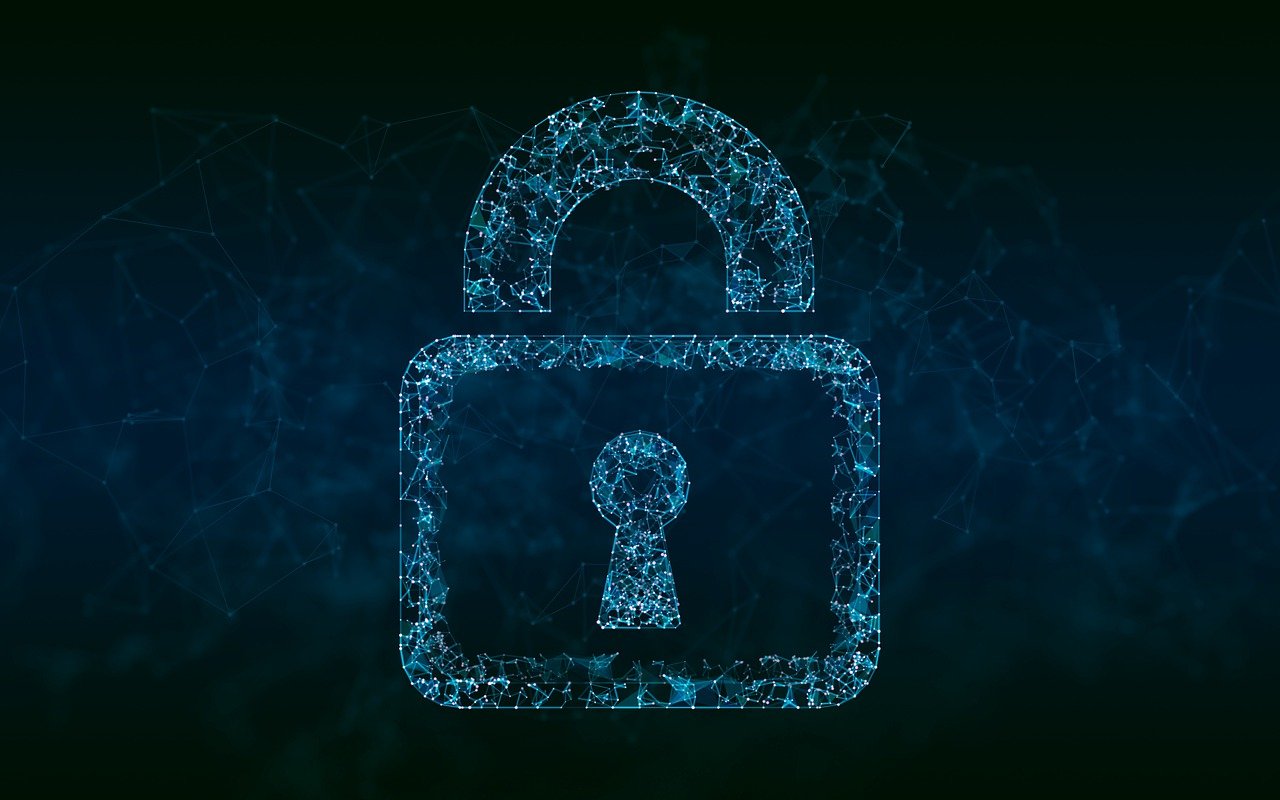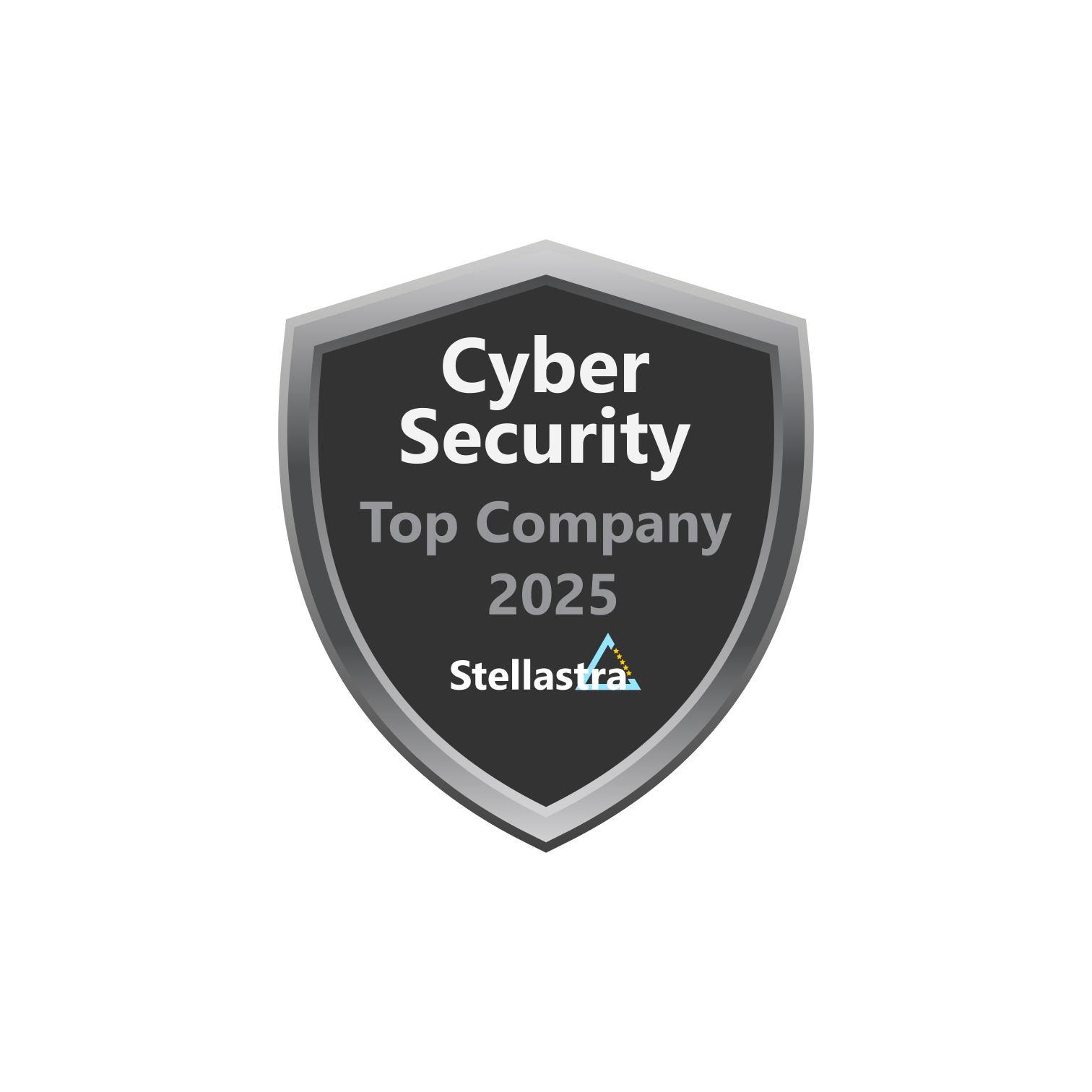· 5 min read
Data Governance vs Data Security
Learn about the similarties and the differences between data governance and data security

Organizations are increasingly concerned with how they manage, protect, and leverage this critical asset. Data governance and data security are two essential frameworks that play important roles in managing data responsibly and effectively. While these concepts often overlap, they have distinct functions and objectives. Understanding the differences and interrelationships between data governance and data security is vital for building a robust data strategy.
Understanding Data Governance
Data governance is a comprehensive framework that establishes policies, procedures, and standards for managing an organization’s data. Its primary goal is to ensure that data is accurate, consistent, and accessible, allowing organizations to derive maximum value from their data assets.
Key Components of Data Governance
Data Quality: Ensuring that data is accurate, consistent, and up-to-date is fundamental. Data governance sets standards for data collection, processing, and maintenance to achieve high-quality data.
Data Stewardship: Data stewards are responsible for overseeing data assets, ensuring adherence to governance policies, and managing data lifecycle.
Metadata Management: This involves documenting data definitions, sources, and usage rules to provide clarity and understanding about the data.
Data Policies and Standards: Establishing rules and guidelines around data access, usage, and retention to ensure compliance with regulations and organizational objectives.
Data Privacy and Ethics: Ensuring that data handling complies with privacy laws and ethical standards to maintain trust and integrity.
Benefits of Data Governance
- Improved decision-making due to high-quality, reliable data.
- Enhanced compliance with legal and regulatory requirements.
- Reduced risks associated with data mismanagement or breaches.
- Increased operational efficiency by eliminating data silos and redundancies.
Understanding Data Security
Data security focuses on protecting data from unauthorized access, breaches, theft, or damage. It involves implementing technical and organizational measures to safeguard data against internal and external threats.
Key Components of Data Security
Access Control: Restricting data access to authorized users only, using mechanisms like authentication and authorization.
Encryption: Protecting data at rest and in transit through encryption to prevent unauthorized access.
Data Masking: Concealing sensitive data elements to protect them from unauthorized exposure.
Network Security: Implementing firewalls, intrusion detection systems, and secure networks to protect data from external threats.
Incident Response: Developing and implementing procedures to detect, respond to, and recover from data security incidents or breaches.
Benefits of Data Security
- Protection of sensitive information such as personal data and intellectual property.
- Prevention of data breaches that can result in financial loss and reputational damage.
- Compliance with data protection regulations, e.g., GDPR, HIPAA.
- Safeguarding organizational assets against cyber threats and attacks.
Key Differences Between Data Governance and Data Security
While both data governance and data security aim to manage and protect data, their focus areas differ:
Objective: Data governance is primarily concerned with the accuracy, consistency, and usability of data, while data security focuses on protecting data from unauthorized access and breaches.
Scope: Data governance is a broad framework encompassing policies, standards, and processes for data management across the organization. In contrast, data security is specifically about implementing protective measures to safeguard data.
Approach: Data governance emphasizes strategic, organization-wide policies and oversight. Data security is more tactical, focusing on implementing technological solutions and security protocols.
Stakeholders: Data governance involves a wide range of stakeholders, including data stewards, business units, and compliance officers. Data security primarily involves IT security teams and security compliance experts.
The Interplay Between Data Governance and Data Security
Although data governance and data security have distinct roles, they are interrelated and complement each other. A robust data governance framework enhances data security by establishing clear policies and accountability for data management. Conversely, effective data security measures help ensure that data governance objectives, such as data privacy and compliance, are met.
Policy Alignment: Data governance establishes the policies that dictate who can access data, under what conditions, and how it should be handled. Data security implements these policies through access controls and encryption.
Risk Management: Both frameworks contribute to identifying and mitigating risks associated with data handling, whether related to data quality or security threats.
Compliance and Privacy: Data governance ensures compliance with regulations, while data security provides the tools and mechanisms to enforce these requirements.
Collaboration and Communication: Both data governance and data security require collaboration among various stakeholders, fostering a holistic approach to data management.
Building an Integrated Data Strategy
To derive maximum value from data while ensuring its protection, organizations should integrate data governance and data security into their overall data strategy. Here are some steps to consider:
Develop a Unified Framework: Align data governance and data security policies and procedures to ensure a cohesive strategy.
Engage Stakeholders: Involve all relevant parties, including IT, legal, compliance, and business units, in the development and implementation of data strategies.
Leverage Technology: Use advanced data management and security tools to automate processes, enhance data accuracy, and protect against threats.
Continuous Monitoring: Regularly review and update governance and security measures to adapt to new challenges and technologies.
Training and Awareness: Educate employees about the importance of data governance and security, and provide training to ensure compliance with policies and procedures.
By understanding the distinctions and synergies between data governance and data security, organizations can effectively manage their data assets, drive innovation, and build trust with their stakeholders. A comprehensive approach that integrates both frameworks will result in a more resilient and data-driven organization.

